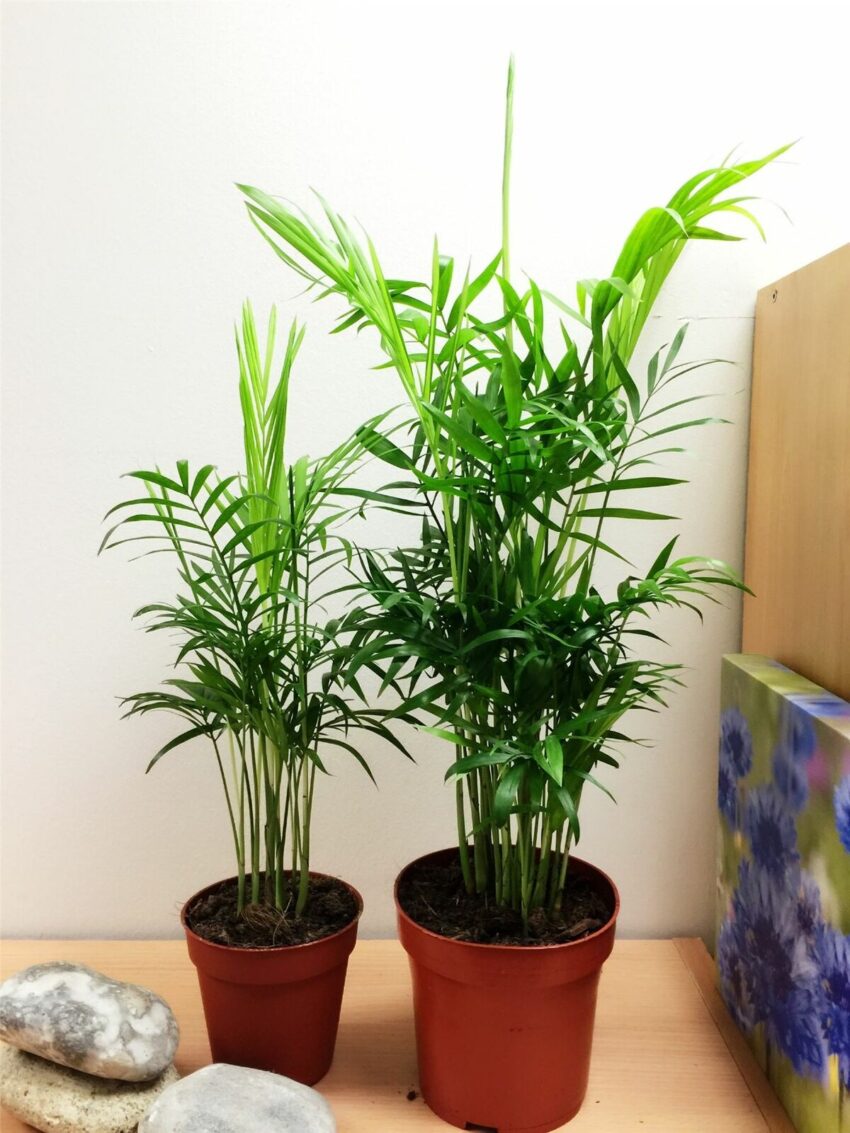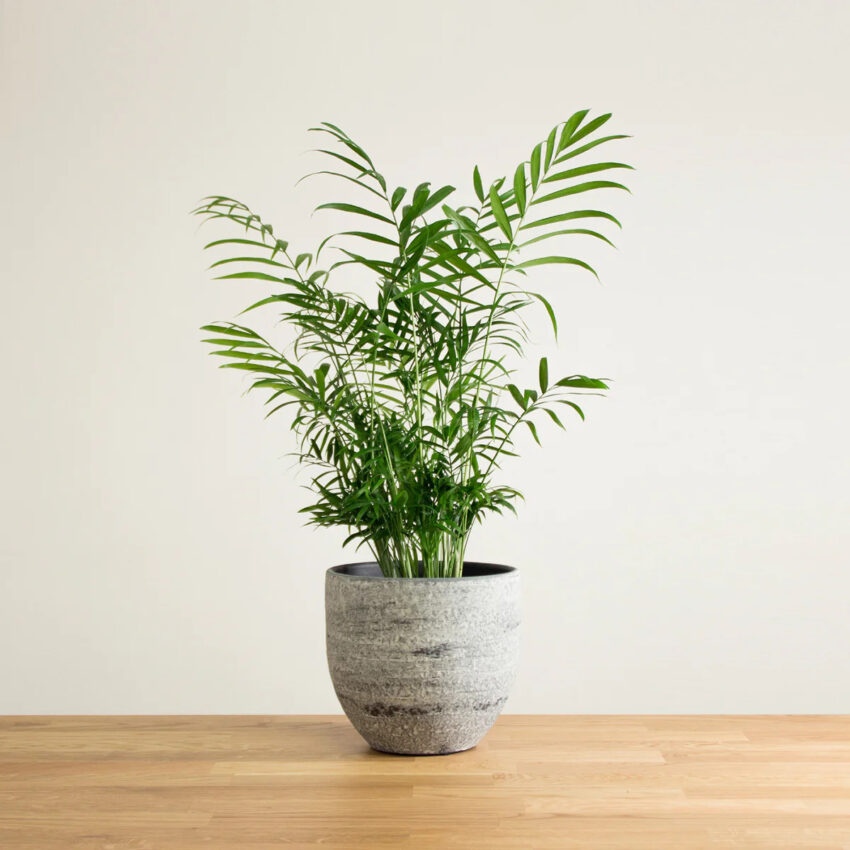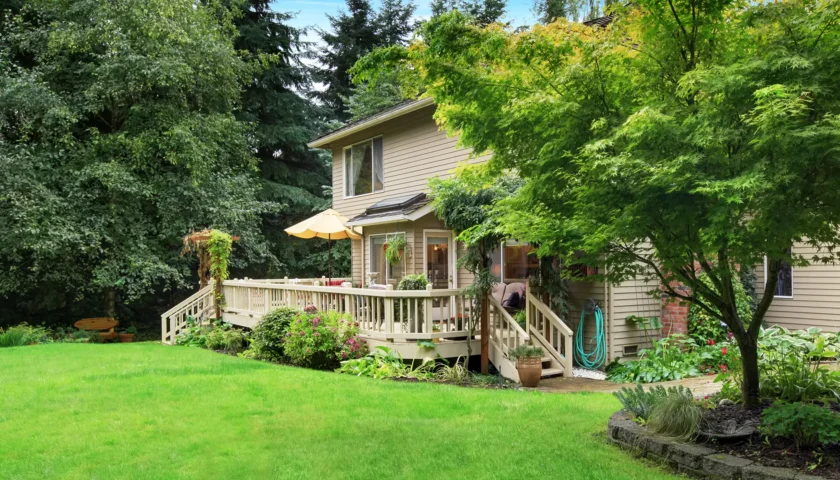Are you looking for a low-maintenance plant that can bring a tropical vibe to your indoor space? Look no further than the Chamaedorea palm, also known as the bamboo or parlor palm. With its slender stems and delicate, lush foliage, this plant is an excellent choice for beginners or anyone who wants to add a touch of greenery to their home or office. In this article, we’ll explore everything you need to know to keep your Chamaedorea palm healthy and thriving. The article is contributed by Begardenly.
Introduction to Chamaedorea Palms

The Chamaedorea palm is native to tropical and subtropical regions of the Americas, from Mexico to South America. It belongs to the Arecaceae family, which includes over 2,600 species of palms. Chamaedorea palms can reach a height of up to 7 feet, but they usually grow to about 4-6 feet in indoor conditions. They prefer moderate to bright indirect light and well-draining soil, and they are relatively drought-tolerant, making them a popular choice for indoor gardening. Keep reading: HOW TO NEUTRALIZE CREMATION ASHES
Choosing the Right Pot and Soil
When it comes to potting your Chamaedorea palm, size matters. Choose a pot that is one size larger than the current container, with good drainage holes at the bottom. The soil should be a well-draining mix of peat moss, perlite, and sand. Avoid using heavy, dense soil that can trap moisture and lead to root rot.
Light Requirements
Chamaedorea palms thrive in bright, indirect light. They can tolerate some direct sunlight, but too much can scorch their leaves. If your plant is getting too much light, you may notice brown or yellow spots on the leaves. On the other hand, if the plant is not getting enough light, it may become leggy and weak.
Watering and Humidity
Chamaedorea palms prefer slightly moist soil, but they are susceptible to root rot if overwatered. Allow the top inch of soil to dry out before watering, and make sure the pot has good drainage to prevent standing water. In addition to proper watering, Chamaedorea palms also benefit from high humidity levels. You can increase humidity by placing a tray of water near the plant, misting the leaves with water, or using a humidifier.
Fertilizing
Chamaedorea palms are not heavy feeders, but they benefit from occasional fertilization during the growing season. Use a balanced, water-soluble fertilizer every 2-3 months, following the package instructions for dosage.
Pruning and Propagation
Pruning your Chamaedorea palm can help keep it healthy and tidy. Remove any dead or yellowing leaves, as well as any stems that have become too tall or leggy. You can also propagate your plant by dividing it at the root ball or by taking stem cuttings and rooting them in water or soil.
Common Problems and Solutions
Like any plant, Chamaedorea palms can be susceptible to pests and diseases. Spider mites, mealybugs, and scale insects can infest the leaves and stems while overwatering can lead to root rot. If you notice any signs of infestation or disease, isolate the affected plant and treat it promptly with insecticidal soap or fungicide.
Conclusion
Chamaedorea palms are a beautiful and low-maintenance option for anyone looking to add some greenery to their indoor space. With the right potting, lighting, watering, and fertilizing, you can keep your Chamaedorea palm healthy and thriving for years to come.




